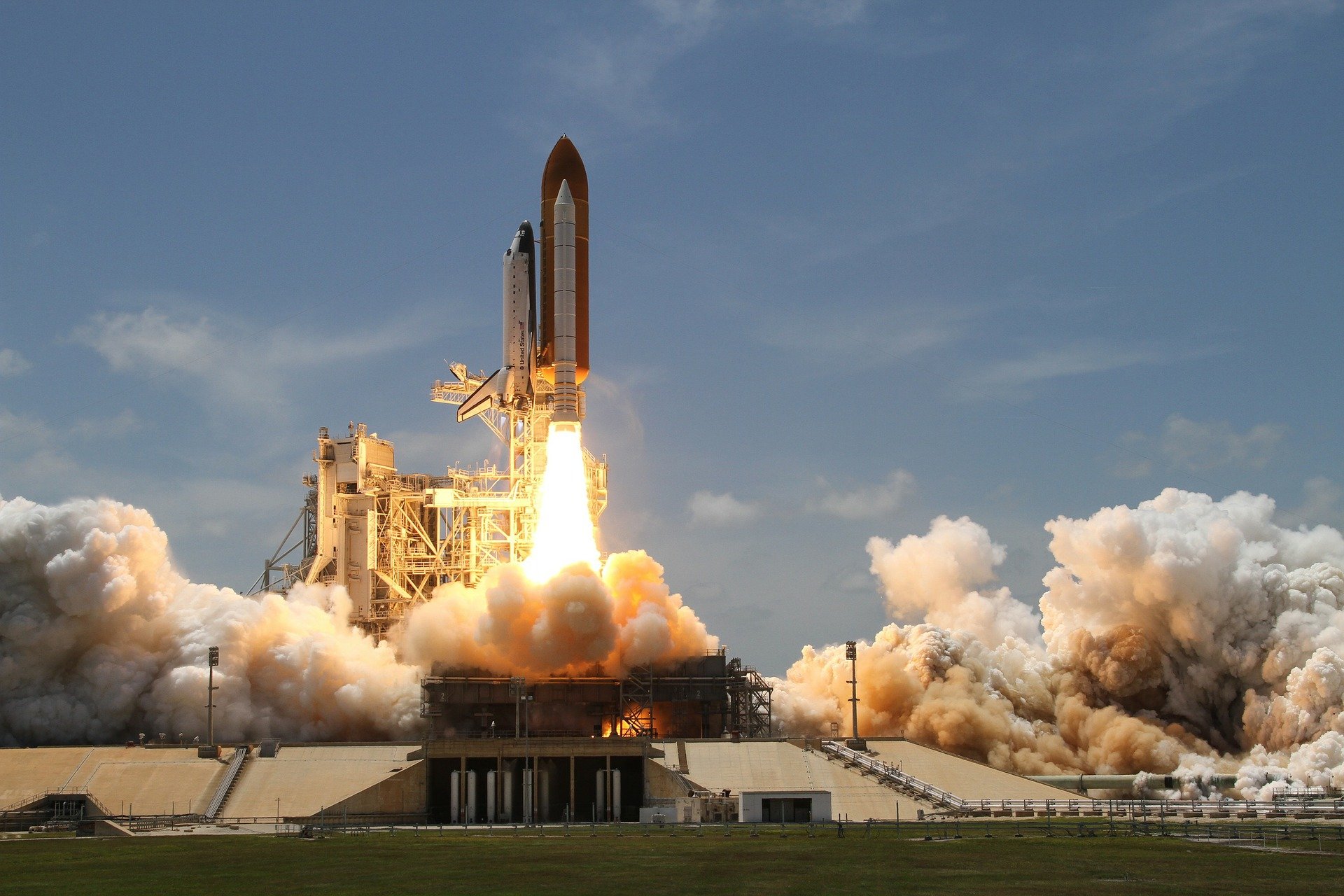Why Did SpaceX Falcon 9 Booster Landing Fail?
The first stage of the Falcon 9 failed to land after its last launch on February 15 due to “heat damage”, but a SpaceX official said they were confident the boosters could be reused 10 or more times.
During a session of the 47th Spaceport Summit on February 23, Hans Koenigsmann, senior advisor for flight assembly and reliability at SpaceX, said that the failed landing during the launch of the Starlink satellites is still being investigated.
The failed landing broke a string of two dozen successful landings of Falcon 9 boosters, either on drone ships or on land, dating back nearly a year. Video from the booster’s return showed that the engines did not shut down normally after the vehicle’s entry burn. The booster never made it to the droneship, and video from that ship showed a glow in the distance around the time the booster should have landed.
Recall that on February 16, in the Starlink-19 mission, the stage performed a nominal Entry Burn in duration, but for some reason it didn’t slow the rocket down as much as it should have. As a result, it entered the atmosphere faster than expected.
In addition, judging by the telemetry, the Falcon 9 B1059 could have lost its nominal thrust even during launch, which explains why the official launch cycle began to diverge sharply from the actual one after the MECO mark (shutdown of the main engines). The MECO moment was about five seconds behind schedule, gradually increasing to a difference of more than half a minute by the time the Starlink satellites were deployed.
All this makes it similar to launching Starlink-19 on Starlink-5, when the stage had engine problems, resulting in it also entering the atmosphere at too high a speed and failing to land on a platform in the ocean.
The next launch will be the 8th flight of the Falcon 9 launch vehicle. The ninth flight is expected in a few weeks.
Waiting for the investigation to be completed has also delayed SpaceX’s next launches. The Starlink-17 mission now starts no earlier than February 28.
NASA is in talks with SpaceX to find out if the landing incident could somehow affect the launch of the upcoming crewed Crew-2 mission, which is scheduled for April 20: “As of today, we are working together to better understand what happened. It’s too early to say whether this will have any impact on our launch”, – said the Representative of the agency.
That is not a hard limit, though, Koenigsmann said. “We’re learning a lot about refurbishment and we’re learning where the areas are where we need to pay attention to,” he said, such as the booster’s heat shield and engine components. “We’ve been learning with every single landing.”
He expected SpaceX to get a booster to the 10-flight mark, but suggested the company would not automatically retire it. “We will continue to look at that booster and make an assessment whether we can move forward with it”, Koenigsmann said. Moreover, he added that the company would continue launching boosters after 10 flights, perhaps replacing some components that wear out.


